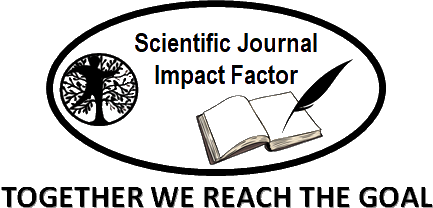Nutritional properties of Ugu leaves extract and its effect on the hematological profile of anemia-induced adult Wistar rats
DOI:
https://doi.org/10.61363/7zvbsb26Keywords:
Nutrient, Telfaira occidentalis, HaematologyAbstract
Anaemia is a global health concern, particularly in developing countries, where nutritional interventions are explored for management. Telfairia occidentalis (Ugu) is traditionally used for its nutritional and medicinal benefits, but its anti-anaemic potential requires scientific validation. This study investigated the nutrient composition of Telfairia occidentalis leaves extract and its effects on the haematological profile of anemia-induced adult Wistar rats. Nutrient analysis was conducted using standard analytical methods. Thirty adult male Wistar rats (170g–185g) were divided into six groups: A (standard drug—Cameron), B (untreated), and C–F (250mg, 500mg, 750mg, and 1000mg/kg body weight of Telfairia occidentalis extract, respectively). Anemia was induced using phenylhydrazine (40mg/kg). Treatment lasted 14 days. Haematological parameters were analyzed using standard methods, and data were subjected to ANOVA (p<0.05). Nutrient analysis revealed Telfairia occidentalis contained 14.36% moisture, 7.96% ash, 1.00% fat, 24.34% protein, 38.59% fibre, 13.75% carbohydrate, 1356.65µg beta-carotene, 24.76mg vitamin B9, 29.09mg vitamin C, 4.10mg iron, 1442.50mg calcium, and 864.50mg magnesium. Rats treated with the extract showed dose-dependent weight gain, with the highest increase (86.92%) in Group F (1000mg/kg). Haematological parameters, including red and white blood cell counts, significantly improved after treatment (p<0.05). Telfairia occidentalis extracts exhibits anti-anaemic properties and improves haematological parameters. Further research are needed to validate its therapeutic potential in clinical trials.
Downloads
Downloads
Published
Issue
Section
License
Copyright (c) 2025 Praise Ezinne Ugwu

This work is licensed under a Creative Commons Attribution 4.0 International License.






